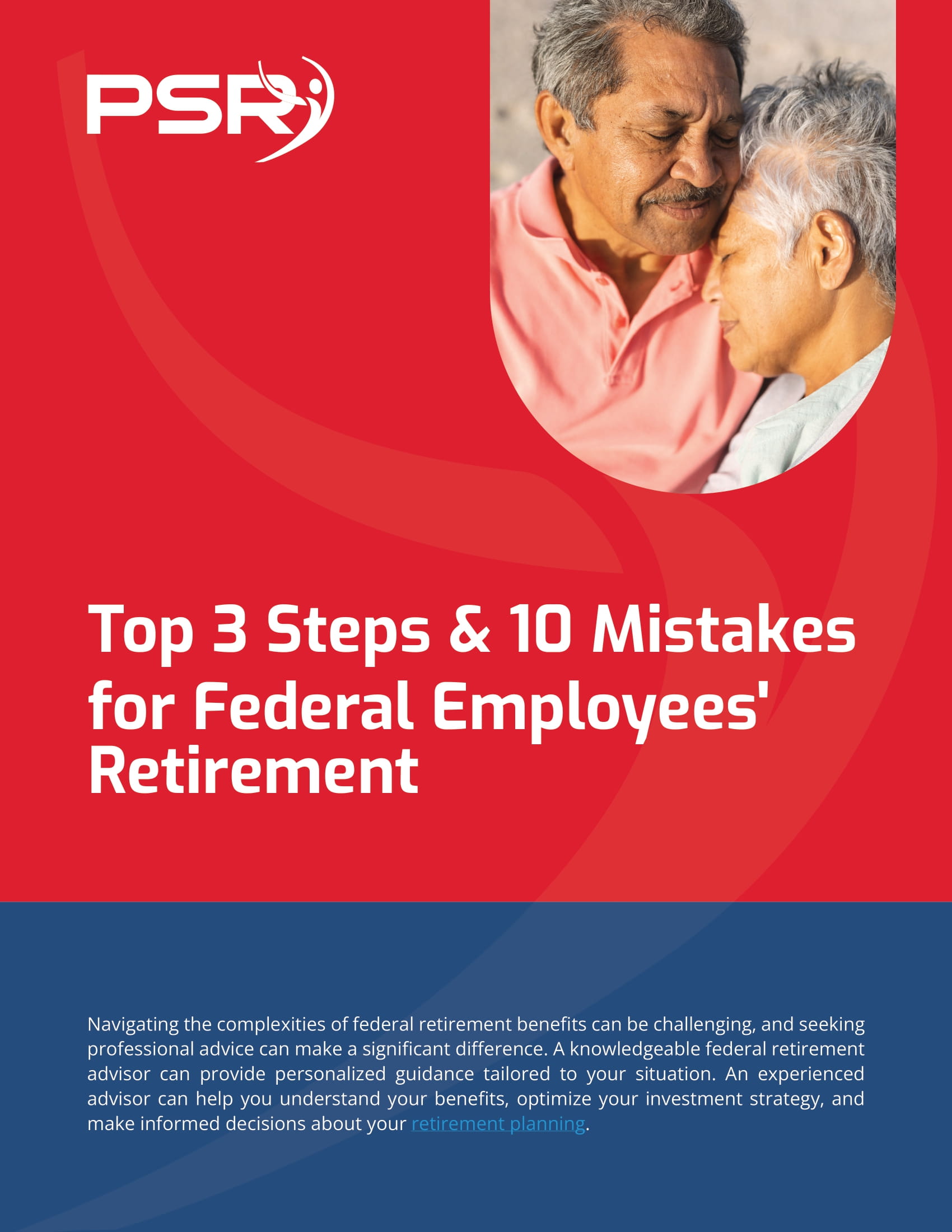Key Takeaways:
-
Enrolling in Medicare affects how your Postal Service Health Benefits (PSHB) coverage works in retirement, especially when it comes to costs.
-
If you’re Medicare-eligible, you may be required to sign up for Medicare Part B to maintain full PSHB benefits.
Understanding Medicare’s Role in Your Postal Retirement Plan
- Also Read: Postal Employees, Big Changes Are Coming to Your Benefits in 2025—Here’s What You Need to Watch Out For
- Also Read: Military Buyback Programs Explained: Here’s How Federal Employees Can Use Them to Boost Their Pensions
- Also Read: Joining Civilian and Military Benefits—Why It’s the Best Move You’ll Make for Retirement
1. Medicare Part B Enrollment and PSHB Coverage: What You Need to Know
One of the biggest changes for postal retirees is the mandatory Medicare Part B enrollment for certain Medicare-eligible annuitants and family members. If you fall into this group, failing to sign up for Part B could mean losing full access to your PSHB plan’s benefits.
Who Needs to Enroll in Medicare Part B?
-
If you retired on or after January 1, 2025, and are eligible for Medicare, you must enroll in Part B to maintain PSHB coverage.
-
If you retired before January 1, 2025, enrollment in Part B is optional, but it may still be beneficial.
How Does This Affect Your Healthcare Costs?
Medicare Part B comes with a standard monthly premium of $185 in 2025. While this is an added cost, many PSHB plans offer incentives such as reimbursement for some or all of your Part B premiums. Additionally, enrolling in Medicare can reduce certain out-of-pocket costs within your PSHB plan, such as lower deductibles and copayments.
2. Prescription Drug Costs and the Elimination of the Donut Hole
As of 2025, a major change in Medicare Part D has taken effect: the elimination of the coverage gap (donut hole). Now, once your out-of-pocket prescription drug costs reach $2,000, your plan covers 100% of your medication costs for the rest of the year. This shift provides much-needed financial relief for postal retirees who rely on expensive prescriptions.
How PSHB Plans Handle Prescription Drug Coverage
-
Medicare-eligible PSHB retirees are automatically enrolled in a Medicare Part D Employer Group Waiver Plan (EGWP).
-
These plans integrate with Medicare to lower drug costs and simplify coverage.
-
If you don’t enroll in Medicare, you may face higher prescription costs under your PSHB plan.
For retirees managing chronic conditions or high-cost medications, this update makes Medicare enrollment an even more valuable consideration.
3. Out-of-Pocket Maximums and How Medicare Lowers Costs
If you’re planning for retirement, understanding your out-of-pocket limits is essential. PSHB plans set annual caps on healthcare expenses, but they vary depending on whether you enroll in Medicare.
What Are the 2025 PSHB Out-of-Pocket Maximums?
-
With Medicare: Lower cost-sharing, including reduced deductibles, copayments, and coinsurance.
-
Without Medicare: Higher out-of-pocket maximums, meaning you could end up paying more for medical care.
Cost Differences with Medicare Enrollment
If you choose to enroll in Medicare, your PSHB plan may waive or reduce certain expenses, including:
-
Deductibles
-
Copayments for specialist visits
-
Coinsurance for hospital stays
This integration helps you keep more of your retirement income instead of spending it on unexpected healthcare costs.
4. Navigating Medicare Enrollment Periods to Avoid Late Penalties
One of the biggest mistakes retirees make is missing their Medicare Initial Enrollment Period (IEP) and facing lifetime late penalties. If you’re a postal retiree approaching Medicare eligibility, knowing when to enroll is critical.
Key Medicare Enrollment Periods in 2025:
-
Initial Enrollment Period (IEP): A 7-month window starting 3 months before your 65th birthday and ending 3 months after.
-
General Enrollment Period (GEP): Runs from January 1 to March 31 each year, with coverage starting July 1, but late penalties may apply.
-
Special Enrollment Period (SEP): Available if you delayed Medicare due to active employment and need to sign up after retiring.
Late Enrollment Penalties Can Add Up
-
Part B Late Enrollment Penalty: A 10% increase in premiums for every 12-month period you were eligible but didn’t enroll.
-
Part D Late Enrollment Penalty: A 1% increase in premiums for each month you went without creditable prescription drug coverage.
By enrolling in Medicare on time, you avoid unnecessary penalties and secure full PSHB benefits.
How Medicare Decisions Shape Your Postal Retirement Healthcare
Making the right Medicare choices as a postal retiree can have long-term financial and healthcare implications. Whether it’s deciding when to enroll in Part B, understanding how prescription drug costs are handled, or ensuring you avoid late penalties, your decisions impact your overall retirement security. Taking the time to review your options now ensures you don’t face unexpected costs later.
If you need personalized guidance on Medicare and PSHB enrollment, get in touch with a licensed agent listed on this website. They can help you make informed choices tailored to your retirement healthcare needs.










